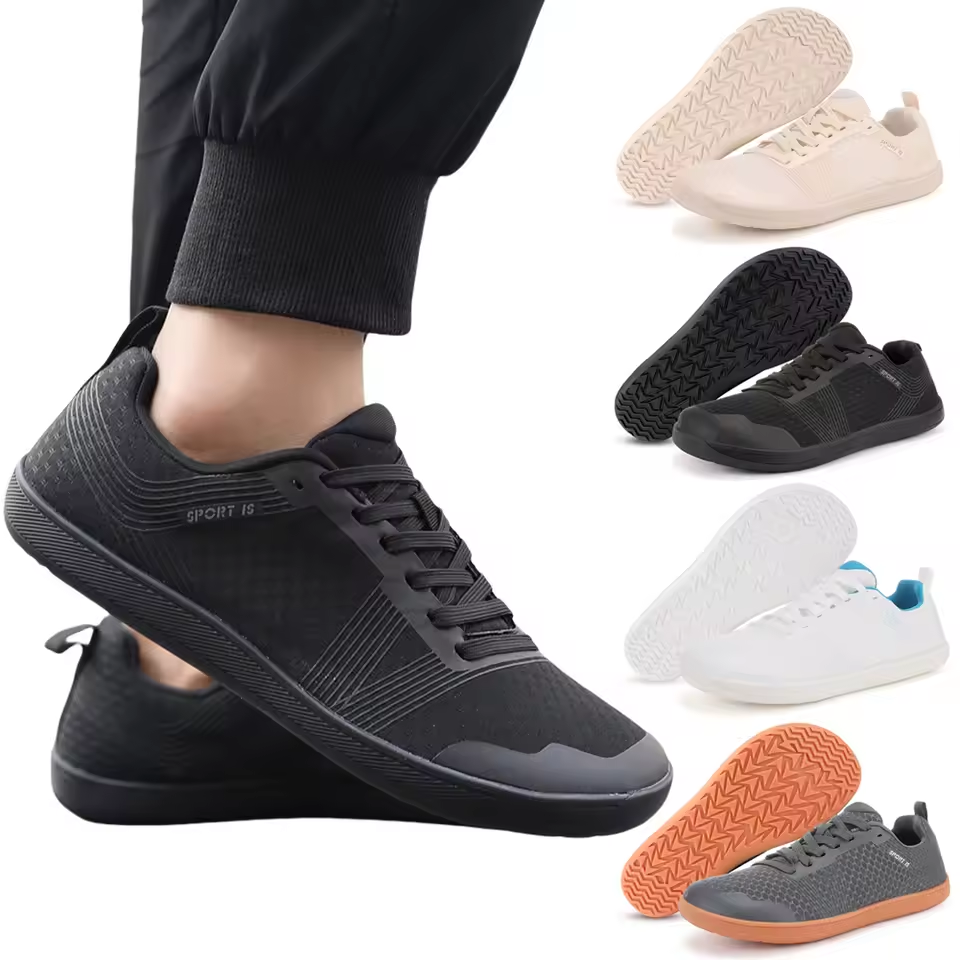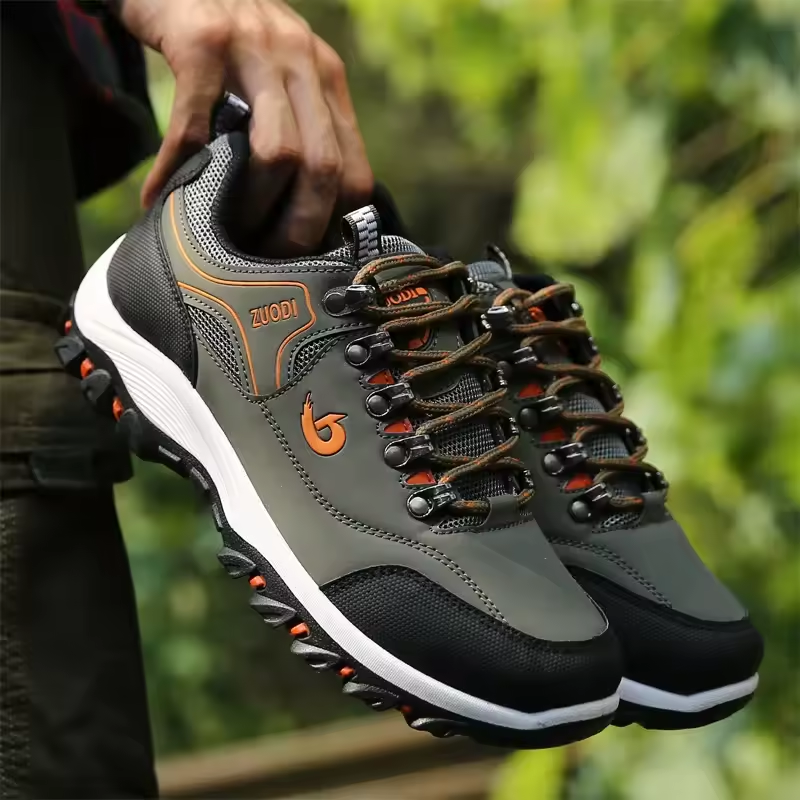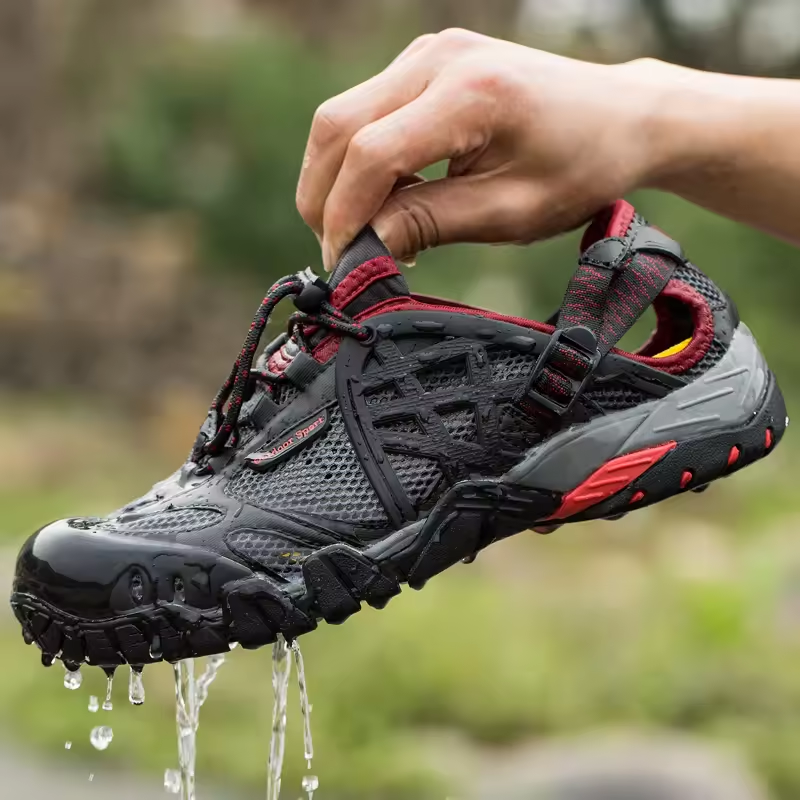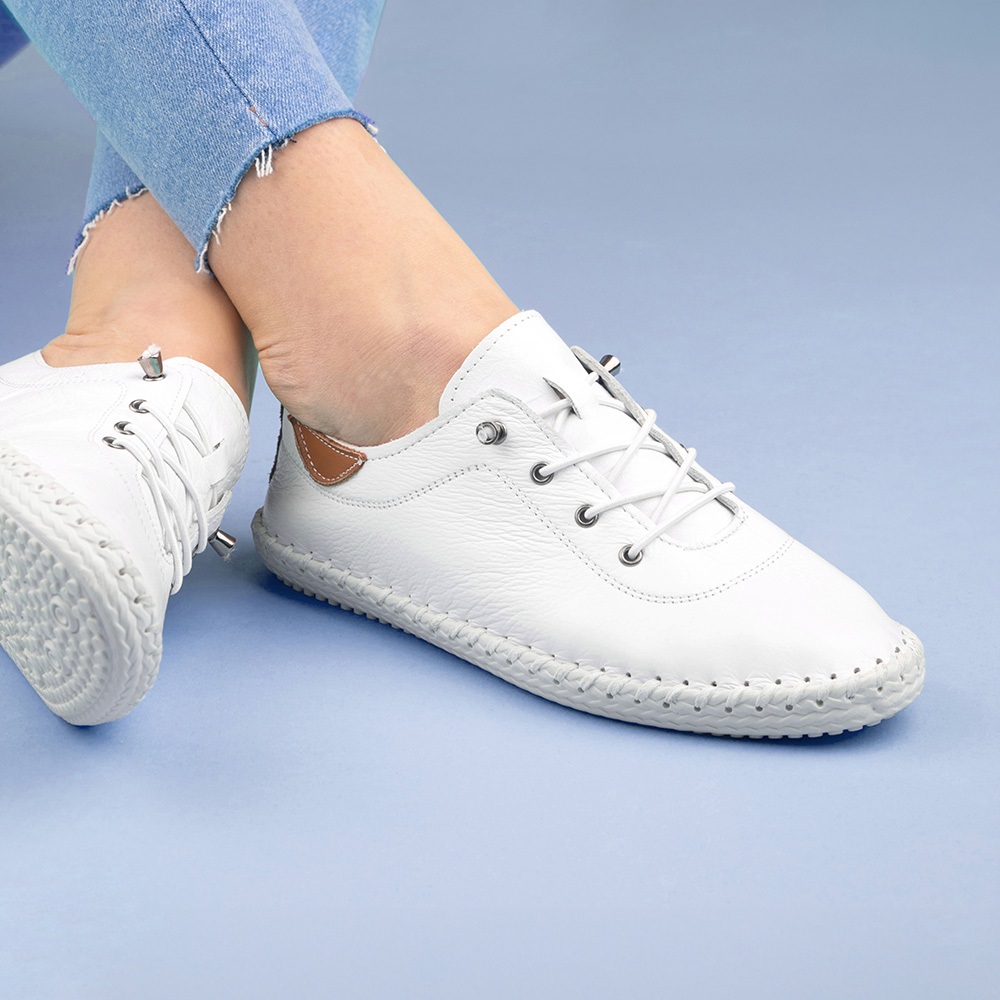The Importance of Properly Fitted Climbing Shoes
Getting the right fit in climbing shoes is crucial for several reasons. A well-fitted pair ensures maximum comfort, better performance, and reduced risk of injury while climbing. Here are key points highlighting the importance:

- Enhanced Safety: Properly fitted shoes provide the support your feet need, reducing the chance of slips and falls.
- Improved Performance: A snug fit translates to greater precision and sensitivity on the rock, allowing for more effective foot placements.
- Comfort and Endurance: Climbing shoes that fit well prevent hotspots, blisters, and general discomfort, which can extend your climbing sessions.
- Better Shoe Lifetime: Shoes that fit correctly are less likely to get overstressed and worn out prematurely, preserving their shape and functionality.
A shoe that doesn’t fit can deter your progress and enjoyment of the sport, highlighting why taking the time to break in climbing shoes properly is an essential step in your climbing journey.
Different Types of Climbing Shoes and Their Break-In Characteristics
Before you break in climbing shoes, it’s key to understand the different types. Each variety has unique break-in characteristics.
- Neutral Shoes: These offer comfort and are great for beginners. They usually require less break-in time due to their flat sole and more relaxed fit.
- Moderate Shoes: With a slight downturn, these shoes are for technical climbing. They need more time to mold to your feet compared to neutral shoes.
- Aggressive Shoes: Designed for advanced climbs, these have a significant downturn and asymmetrical shape. They demand the longest break-in period, as the tight fit needs to adapt to your foot’s shape.
Synthetic materials may not stretch much and therefore, have a shorter break-in period. Leather shoes, on the other hand, can stretch over time and might require a longer break-in process.
Remember, when breaking in climbing shoes, the goal is to get them to conform to the shape of your feet without damaging the shoe structure. The type of shoe and material greatly influence how you should approach this process. Keep the characteristics in mind as you move onto the next steps for a professional break-in.
Step-by-Step Guide to Breaking in Your Climbing Shoes
Breaking in climbing shoes is crucial for optimal comfort and performance. Here’s a simplified guide on how to do it right:
- Wear them Indoors: Start by wearing your new climbing shoes around the house. It helps them begin to mold to your feet without the stress of climbing.
- Use Plastic Bags: Slide a plastic bag over your foot to make slipping into tight shoes easier. This reduces stress on the seams and material.
- Gradual Climbing Sessions: Begin with short, easy climbs. Gradually increase the duration and difficulty as your shoes start to give.
- Use a Shoe Stretcher: For leather shoes that need a bit more give, consider using a shoe stretcher overnight.
- Body Heat to Stretch: Wear them during warm-up to use your body heat naturally to stretch the shoes.
- Avoid Wetting: Don’t soak your shoes to stretch them. It can harm the material and affect the longevity.
Follow these steps to break in climbing shoes without compromising their structure or shortening their lifespan. Remember to be patient; breaking in takes time but is worth the comfort and enhanced performance.
Do’s and Don’ts When Breaking in Climbing Shoes
When you set out to break in climbing shoes, there are key practices to follow and pitfalls to avoid. Here are essential do’s and don’ts to consider during the process:
Do’s
- Do Start Slowly: Ease into wearing your new climbing shoes. Begin with short sessions. This helps prevent pain and damage.
- Do Pay Attention to Fit: Make sure the size is right from the start. Shoes should be snug but not painful.
- Do Wear Socks: If tolerable, thin socks can provide extra comfort during the initial break-in phase.
- Do Take Breaks: Give your feet a rest between climbing sessions to reduce discomfort.
- Do Listen to Your Feet: If you feel extreme discomfort, take off your shoes to prevent injury.
Don’ts
- Don’t Rush the Process: Forcing your shoes to stretch quickly can hurt both your feet and the shoes.
- Don’t Ignore Pain: If breaking in your climbing shoes causes severe pain, reassess their fit and size.
- Don’t Use Heat or Water: Avoid extreme methods like heating or soaking your shoes. These can damage the material.
- Don’t Overdo It: Long sessions in brand-new shoes can cause blisters and pressure points.
- Don’t Neglect Care: Breaking in doesn’t mean abusing. Keep your shoes clean and dry throughout.
By following these do’s and don’ts, you’ll ensure a smoother and more effective break-in for your climbing shoes, paving the way for many successful climbs.
Common Mistakes to Avoid During the Break-In Process
Breaking in climbing shoes requires patience and careful attention to detail. It’s easy to make errors that can set back your progress or damage your shoes. Avoid these common blunders for a successful break-in experience:
- Skipping the Indoor Wear Step: Don’t leap straight into climbing. Wear your shoes indoors to start the stretching.
- Forcing Shoes on Dry Feet: Dry skin creates more friction. Try moisturizing your feet lightly to ease into the shoes better.
- Overlooking the Break Duration: Don’t forget to take breaks. Continuous wear can lead to discomfort and injury.
- Neglecting Mild Discomfort: Mild pain can signal improper fit or the need for a slower break-in.
- Using Incorrect Methods: Stay away from shortcuts like soaking shoes in water or using heat to stretch them.
Remember, each pair of climbing shoes is unique, just like your feet. Take your time and follow the right steps to ensure your shoes are broken in correctly without causing harm or discomfort. This way, you preserve the integrity of your shoes and set yourself up for better performance on your climbs.
Tips for Speeding Up the Break-In Period
When it comes to breaking in climbing shoes, the process can sometimes feel slow. However, with the right tactics, you can safely accelerate the stretching and molding of your new footwear. Here are some tips to help you speed up the break-in period without harming your climbing shoes:
- Warm Up Your Shoes: Before putting them on, gently warm your shoes with your body heat. This makes the material more pliable.
- Wear Them Frequently: Short, regular periods of wear can help the shoes conform to your feet faster than infrequent, long sessions.
- Use a Shoe Stretcher: Insert a shoe stretcher for short periods when you’re not wearing them to gently expand the material.
- Massage the Shoes: Carefully massaging the tighter spots can help ease those areas without damaging the structure.
- Flex the Soles: Work the soles of your shoes with your hands to help soften them up a bit before climbing.
By integrating these steps into your break-in routine, your shoes will better fit the unique contours of your feet sooner. Just remember, even when trying to expedite the process, patience is key. Never force your shoes beyond their limits, as this can lead to uncomfortable fits and shortened shoe lifespan.
How to Maintain Climbing Shoes Post-Break-In
After you successfully break in climbing shoes, maintenance is key to their longevity. Here are practical tips to keep your shoes in top shape:
- Store Properly: Keep shoes in a cool, dry place away from direct sunlight. This prevents the material from degrading.
- Clean Regularly: Clear off any dirt or debris after climbing. Use a soft brush for the task.
- Avoid Heat: Never leave shoes in a hot car or dry them with a hairdryer. Heat can warp the shape.
- Use Foot Powder: Reduce moisture inside the shoes with a sprinkle of foot powder. This minimizes odors and wear.
- Rotate Pairs: If you climb often, switch between two pairs to allow each to rest and retain its shape.
- Resole When Needed: Watch for signs of sole wear. Get them resoled before the upper shoe suffers damage.
By taking care of your climbing shoes post-break-in, you ensure that the fit and performance are preserved over time.
Advanced Techniques for Professional Climbers
Once you’ve mastered the basics and your shoes are well-fitted and broken in, it’s time to move onto advanced techniques that can further enhance your climbing experience. With the right approach, professional climbers can get even more out of their climbing shoes. Here are some advanced tips:
- Focus on Precise Footwork: Precision is vital. Work on placing your feet accurately on small holds.
- Experiment with Different Lacing Techniques: Tighter lacing can improve foot support on demanding routes.
- Adapt to Varied Surfaces: Practice climbing on different rock types to adapt shoes to various textures.
- Maintain Strong Ankles: Strengthen your ankles to support the aggressive shapes of advanced climbing shoes.
- Learn Heel and Toe Hooking: These techniques can maximize the capabilities of your shoes in complex moves.
By combining these advanced techniques with well-broken-in shoes, professional climbers can achieve greater precision, endurance, and versatility on even the most challenging climbs.

